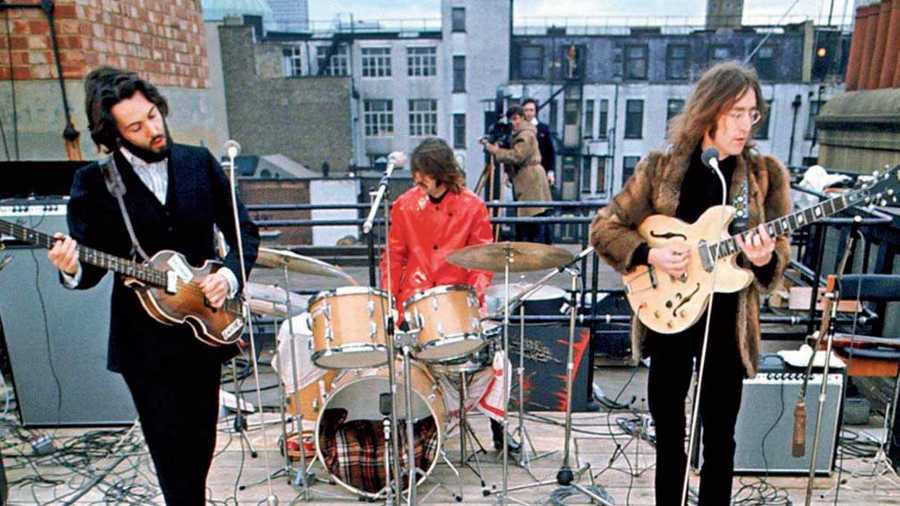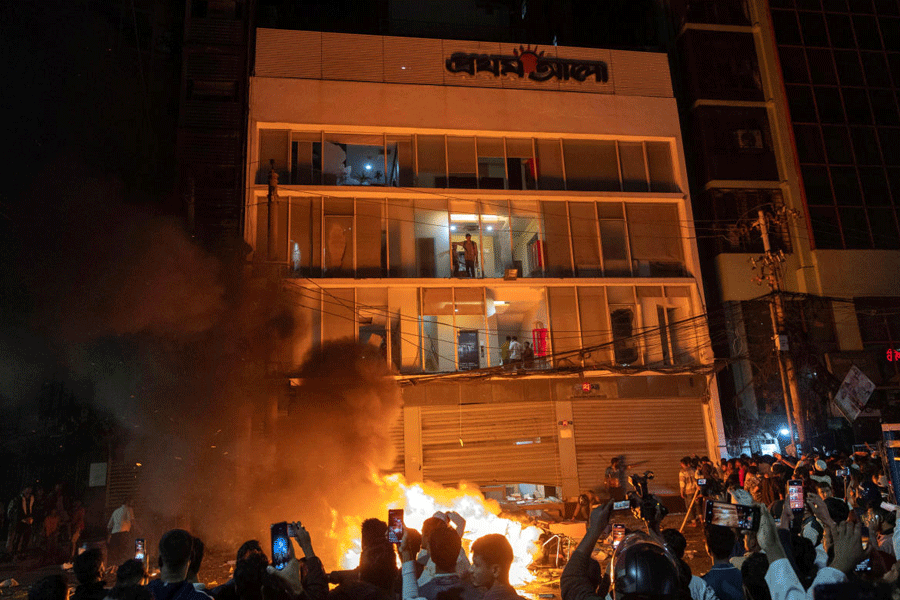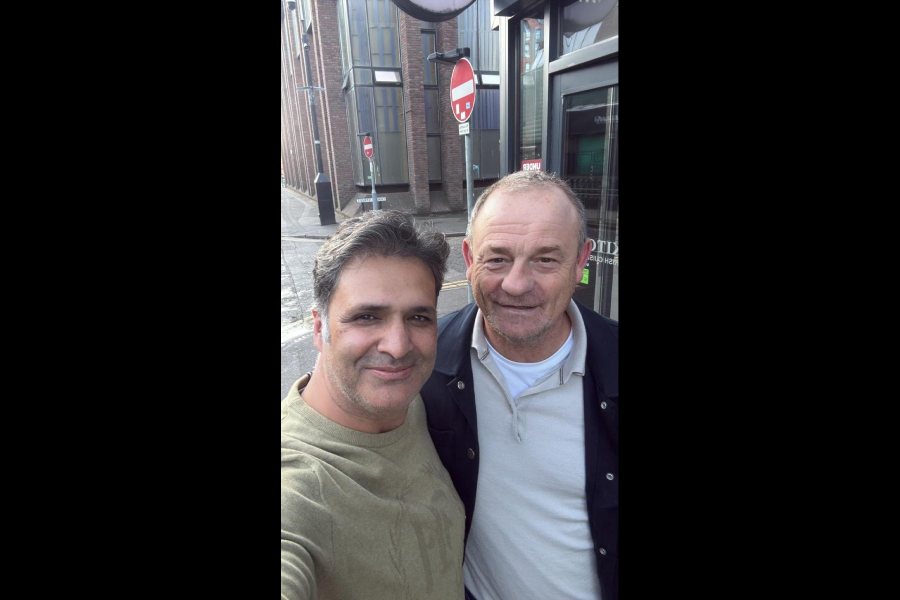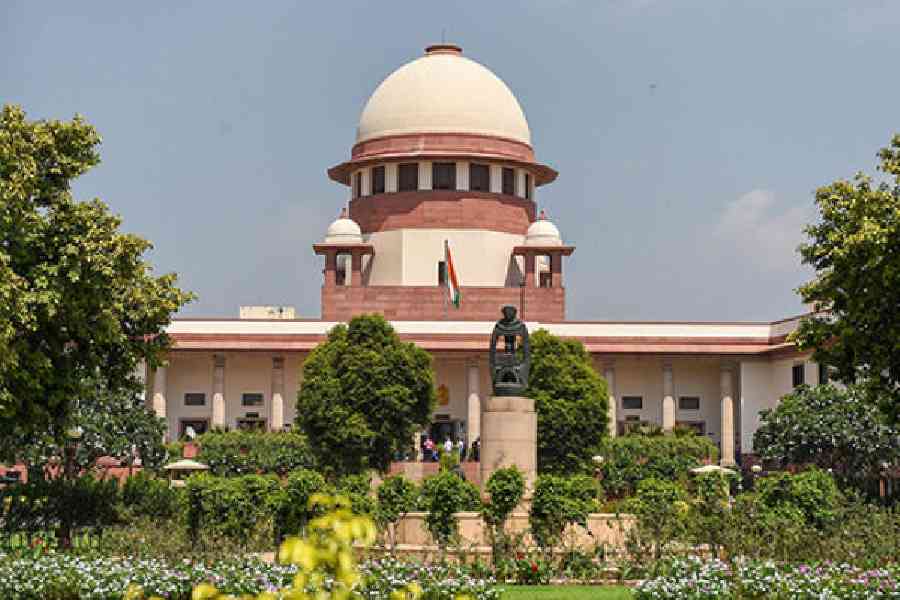Peter Jackson has drawn from nearly 60 hours of archival footage (and many hours of audio) of four men working together to make an album that was ultimately titled Let It Be, which also brought about an end to a chapter in music history. John Lennon, Paul McCartney, George Harrison and Ringo Starr were going through all the emotions that they may have gone through over and over again through the 1960s — writing, innovating, joking and even bickering but this time, there was a camera in the studio and behind it was Michael Lindsay-Hogg. The film was also titled Let It Be, and it released a month after McCartney announced he had left the band.
The original 80-minute video accompaniment to the Let It Be recording sessions captured in some ways the group’s tenuous relations. Paul ultimately got the title of being bossy, John seemed uninterested, George appeared frustrated while Ringo was patient. Was it true? Were their relationship that fragile? Soon after its 1970 release, the Lindsay-Hogg-directed film went out of circulation and black-market versions mushroomed.
After going through all the available footage, Jackson met Paul McCartney backstage in Auckland in 2017. “I could see on his face he was imagining the worst. I just said to him, ‘Look, I’ve got to say, it surprised the hell out of me because I was expecting it to be a miserable experience for you. I expected to have to witness a rather bleak moment — but it’s actually the exact opposite. It’s incredibly funny. It’s incredibly lively. It shows you guys having a great time’,” the Oscar-winning director recently told Vanity Fair.
From Jackson’s film, fans are expecting to get a fair picture of what went down in the last few months of the group’s journey. The Lord of the Rings director was only eight years old when the Fab Four called it a day but the Beatles fan has finally got an opportunity to do justice to the footage available.
Four friends set adrift
The original film basically had three parts — the four of them rehearsing at Twickenham Film Studios, then the action moves first to the basement of their Apple headquarters in London’s Savile Row and then to its roof where a concert sequence got shot. It’s the first part that receives most of the attention.
January 6, 1969, begins slowly and one song led to another. Soon they were practising Two Of Us, which, back then had a different feel than the final version we hear. They were slowly getting a little frustrated with the session because the song wasn’t coming together. And Paul and George started speaking about the approach to the song; the former was trying to get the basics of the song laid out, George was lending improvisational notes, and things were slowing down. All of them knew that a camera was in the studio and it was rolling. The exchange of words was polite-to-walking-on-eggshells but somehow they managed to get along. But the annoyance was palpable.
On January 10, 1969, George reached a breaking point, apparently after an argument with John. He “quit” the band, reportedly saying “See you ’round the clubs.” Two days later, they met at Ringo’s but that meeting too ended badly with George walking out. And the next day, which was Monday, Paul, Ringo and a few members of the entourage arrived and discussed how the meeting had gone. The conversation also brought up their feelings about Yoko Ono. Nonetheless, another meeting took place on January 15 and things started to get resolved. Action moves to the basement of their Apple headquarters.
All this happened at a time when George was breaking out musically. At the same time, we see Yoko Ono in the studio while the four of them worked. Lennon was somewhat speaking to the band through her and was still being heard. Paul, on the other hand, seemed to be losing John but didn’t want to speak up openly against Yoko. Ringo was perhaps having the most difficult time — he had to be patient while the other three members were going through the motions.
Too much reading between lines?
A lot often gets spoken about George’s “quitting” the band for a few days. It was just that a camera was rolling during a Beatles session, so the world got a feel of what was going on… at least our interpretation of what was going on is what we are left with.
Had a camera been in the studio during the recording of every Beatles album, maybe something similar would have got captured. During the Revolver sessions, Paul storm had a disagreement. During White Album sessions, Ringo had walked out. So perhaps we read too much into George leaving the studio during Let It Be sessions.
Another probable reason why Let It Be sessions ran into problems has to do with lack of preparation. At first, it was meant to be a TV broadcast and then they didn’t know where the show was going to be at. Plus, they hadn’t rehearsed the songs a lot before coming into the studio. And let’s not forget the film was also meant to simply finish a three-picture contract (the first two being A Hard Day’s Night and then came Help!) that manager Brian Epstein had made with United Artists before he died in 1967. Bowing to Harrison’s demand, the Beatles moved the sessions to their recording studio at Apple, and Lindsay-Hogg and crew continued shooting for a documentary.
Ultimately, the 22-odd minutes of the four friends’ rooftop performance shown in the Lindsay-Hogg film is what we remember — the camaraderie was there, the music rocked and it was the Beatles on top of a building, making the crowd below look up to their idols.
Many of us would have liked the group to continue forever but, of course, for a reason. “People used us as an excuse to trip out, and we were the victims of that. That’s why they want the Beatles to go on, so they can all get silly again. But they don’t have consideration for our well-being when they say, ‘Let’s have the Fab Four again’,” said George in 1979.
What many expect from Peter Jackson is to make the Let It Be sessions form a story on its own, instead of trying to contextualise things. None of the members turned up for the film’s premiere in London while John and Yoko saw the final cut in a movie house in San Francisco. It’s said that they wept while watching the rooftop sequence, like many Beatles fans still do.
When the three-part documentary finally arrives, if not anything, tears will be seen when the Fab Four once again performs on the rooftop in The Beatles: Get Back. ‘Get back Jojo’, the band sang and we haven’t forgotten it.
Trivia
April 10, 1970: Paul McCartney announced he had broken with the Beatles arising from a series of differences.
May 13, 1970: Let It Be, a film directed by Michael Lindsay-Hogg, releases to mixed reviews but captures only a part of the friction that was at play behind the break-up.
November 2021: Peter Jackson’s three-part documentary series The Beatles: Get Back will release and it hopes to settle some of the controversies that has become a part of the Beatles narrative for 50 years.










